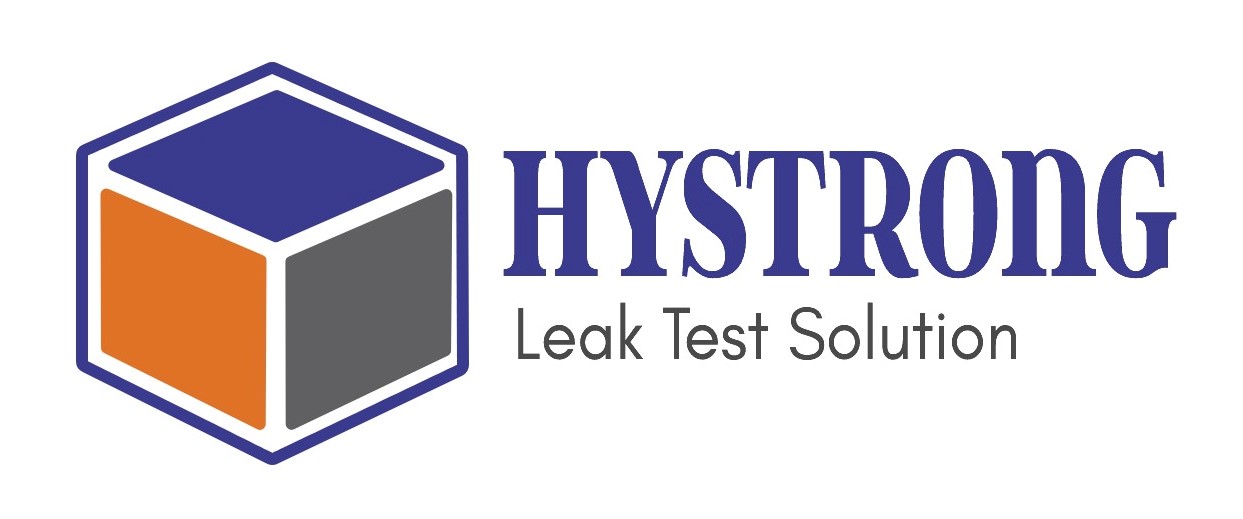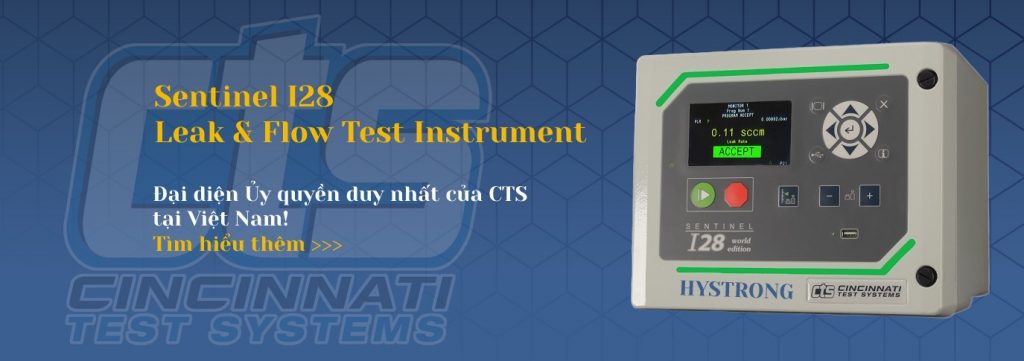Watch the news every day, you’ll see the story of a new type of eMobility or alternative fuel vehicles. While these advancements are exciting, new vehicle types present some real challenges for manufacturers. Customers want to experience quality products in the market.
Leak testing of assemblies across the entire vehicle – from headlights to taillights – is a key element in building reliable components. In working with eMobility companies around the world, I have noticed some common themes when it comes to leak detection.
Quality determination for new ingredient lists without standards
The most common challenge is determining what specifications are required and which technology is best used for testing. While some assemblies like cameras and LiDAR systems may rely on known testing for ratings like IP67, parts like EV batteries are newer territory and don’t have a real standard to work with.
The struggle to find the right balance between cycle time, test sensitivity, and cost combined with the fact that the choices made now may need to evolve when it comes to mass production actually starting, creates a lot of instability.
Collaboration is increasing and is occurring earlier in the process
To mitigate this uncertainty, we at CTS have seen that most eMobility manufacturers are adopting an increasingly collaborative approach with their test solution providers. In most cases, that means working together at earlier stages to understand part design and help establish initial specifications and conduct various tests to find out the right solution that meets your cost/ test sensitivity/ cycle-time balance requirements.
The good news is that cooperation between OEMs is also happening. This will help set reliability standards and set expectations for the performance of various EV and eMobility clusters.
Cost is driving the choice of leak test methods, but not always
Trying to manage costs is not unique to eMobility manufacturing. However, we’ve seen companies push the limits of air leak testing instead of looking for higher-cost alternatives — especially in complex assemblies like the battery tray. It is in fact the specification that determines the leak test technology. The specifications and possible process variables in the test environment are factors that need to be considered as a whole.
Using the battery tray as an example: manufacturing specifications generally tend to reduce leakage rates, and environmental conditions often affect test viability. While it may be desirable to test for air leaks at a lower cost, the right choice is more likely to be an alternative if the procedure and environmental conditions are not suitable for air leak testing.Choosing the right technology is something we work with our customers during pre-production testing. Since we offer a full range of solutions, we are not tied to a specific technology, but rather focus on directing our customers to a solution that is right for their application.
Also on the cost side, station footprint is increasingly important. There has been an even greater push to develop systems to maximize and optimize the use of floor space. That means that building the right leak test must take more factors into consideration than just the technology being utilized for the test.
—-
Hystrong is the Only Authorized Unit of Cincinnati Test Systems (CTS) in Vietnam, with a team of experienced Technicians.
Contact Hystrong Vietnam for advice on installing the most suitable system! Contact now>>>
Facebook: CincinnatiVN
Hotline: (+84) 919-995-040 (call/zalo)


